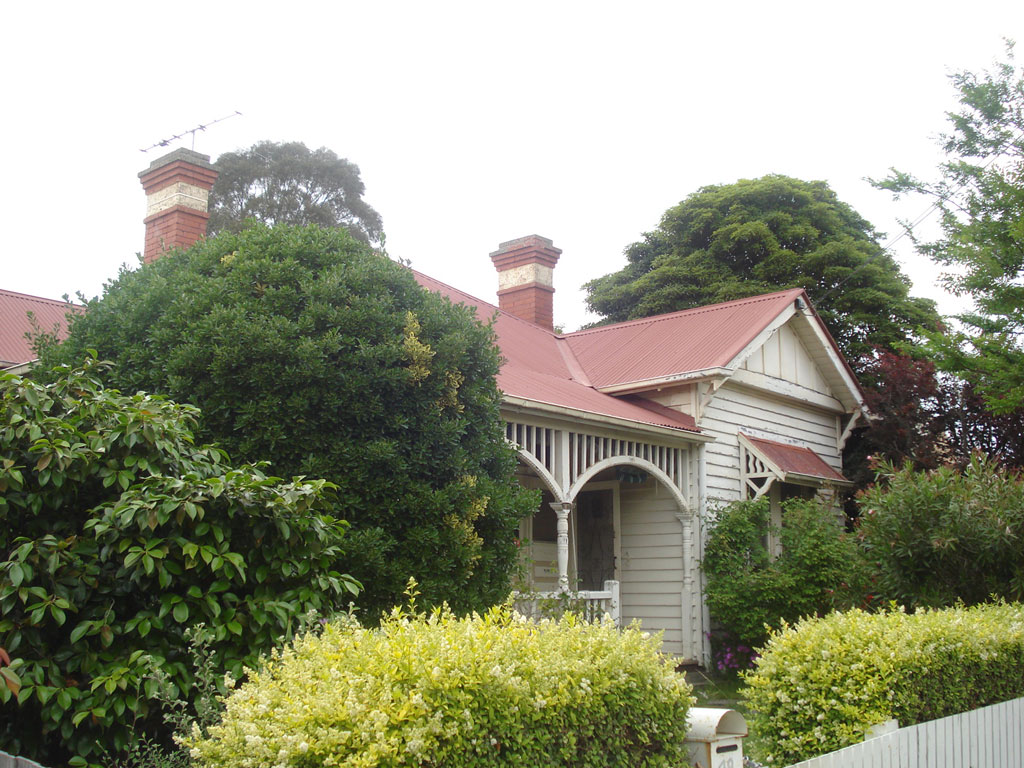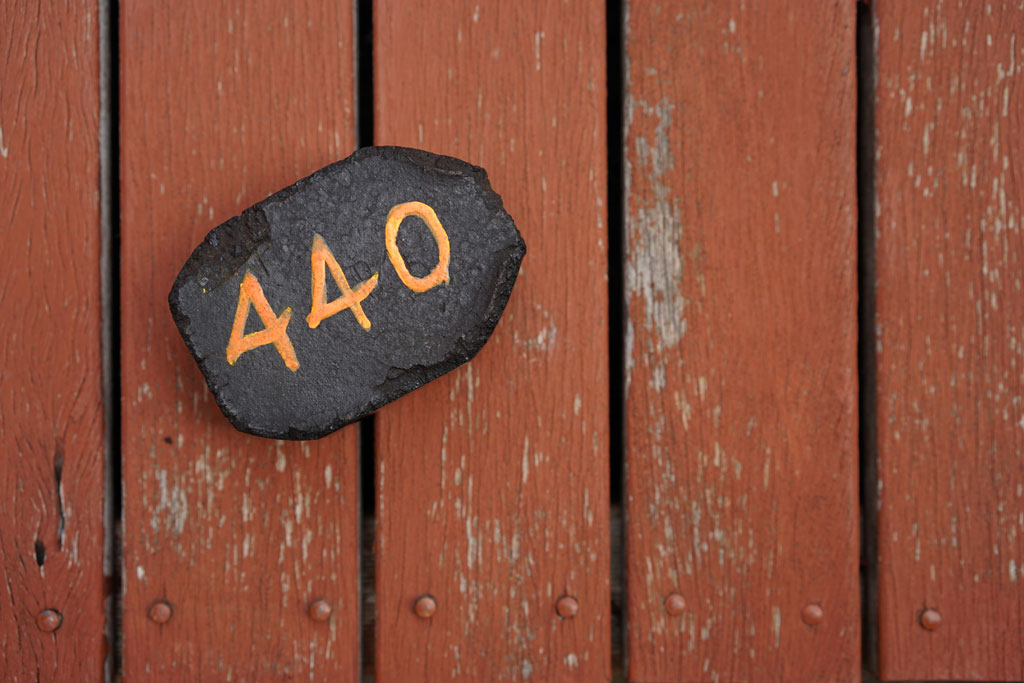Inscribed Briquette
Making the planetary personal
At the heart of this object is the compressed Victorian brown coal that heated thousands of hot water systems in interwar houses like my grandmother’s. From early childhood, I can remember the particular smell of briquettes burning, and helping my uncle stoke up the sooty water heater outside the back door at her suburban Melbourne home. By the 1960s when I was visiting, the dilapidated ‘dunny’ far away on the back lane had been replaced by an ‘almost inside’ toilet next to the briquette heater. The hot water service also served to (slightly) warm the loo on frosty mornings. Both the hardy briquette heater and the almost inside toilet survived into the 21st century – when the house was sold in 2010 after 70 years in the family.

I was touched to be presented with such an evocative personal object by artist Mandy Martin, as part of the #AnthropSlam event she curated in Melbourne in May 2015 in association with her Climarte exhibition The Warming. The gallery was filled with wonderful works of art in all sorts of media, including plastic and dripping ice, and at its centre was a display of objects created specifically for performing – or ‘slamming’ the Anthropocene. The Slam was moderated by William L Fox, Director of the Center for Art+Environment, Nevada Museum of Art, Peter Christoff, a former Commissioner for the Future and myself. Mandy Martin presented each of us with a personally inscribed briquette.
The briquette’s 440 inscription referenced one of the artworks in The Warming. It was the sculpture of Canberra artist David Jensz (1957-), who mounted these numbers in bronze on a briquette, 440 parts per million (ppm) being a predicted ‘tipping point’ for dangerous climate warming. In 2016 we crossed the 400 ppm barrier, and we are now inexorably moving towards 440 and more – with predictions that such warming will cause chaotic responses in Earth systems. Coal+440 was a powerful artwork in this context.

The planetary is so large – and the briquette is so small. This object personalised planetary responsibilities for me. It enabled me to hold the Anthropocene in my own hand. It was both an everyday object of historical significance (the briquette) and a sculpture. In object terms it explored the fiction/non-fiction border between ‘found object’ and creative artwork, and Mandy’s inscription added the later historical moment of the #Anthropslam to the references.
The object also forces one to look more closely at the fluoro orange paint Mandy chose for the inscription. This paint was part of a kit she developed and took up to the Djelk Indigenous Protected Area, for Arnhembrand, a philanthropically-funded ‘new wave’ Aboriginal art project in support of conservation initiatives in western Arnhem Land. Thus in this small object, the despair of the 440 number is balanced with hope, the hope of new Indigenous partnership initiatives in adapting to changing climates in Australia’s far north, thousands of kilometres away from suburban Melbourne.
Further reading
https://pateblog.nma.gov.au/2015/05/08/strange-objects-for-strange-times/

